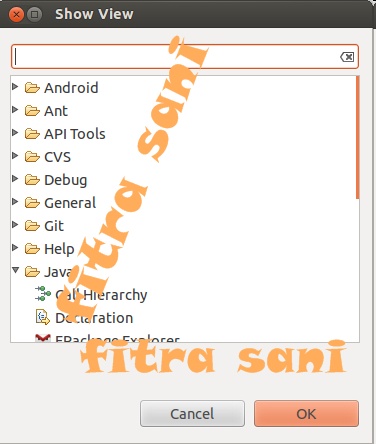

- #TABLE PARTITIONING IN SQL SERVER 2012 ENTERPRISE EDITION ARCHIVE#
- #TABLE PARTITIONING IN SQL SERVER 2012 ENTERPRISE EDITION FULL#
Space generally the last thing to worry about once the other requirements, including HA/DR, are met. Storage for databases should be designed and configured based on throughput, concurrency and latency requirements first. Is yours able to keep up with the large data set you need to work with. One common weak link in 9 out of 10 databases (regardless of make) I've worked with is the storage subsystem. are your queries efficiently written so they only touch the rows they need, do you have the right indexes, are statistics up to date, is tempdb optimized, etc.

However, as your rows get into the 10s of millions range, you'll probably expose various performance gaps in your system. See (v=sql.110).aspx for details on what's available for each edition.ħmillion rows is not a lot of rows for SQL Server, we routinely deal with billions of rows. Use more than 64GB memory per instance (recommended 256-512Gb memory).Table partitioning in 2012 is only available in Enterprise Edition.When to consider SQL Server Enterprise Edition.InfoWorld article on great 2012 features:.SQL Server features supported by edition:.Integration Services – Advanced Adapters / Advanced Transforms Limited to lesser of 4 Sockets or 16 coresĪutomatic use of indexed view by query optimizer

#TABLE PARTITIONING IN SQL SERVER 2012 ENTERPRISE EDITION FULL#
You can get the full list of SQL Server features Supported by Edition on MSDN here again is an abbreviated list of some of the better ones, IMHO. You can dynamically determine your recipients, parameters, etc., each time the subscription runs.Ībbreviated list of SQL Server 2012 Standard vs Enterprise features Fairly simple, efficient, auto cleanup, configurable.

#TABLE PARTITIONING IN SQL SERVER 2012 ENTERPRISE EDITION ARCHIVE#
This allows you to very quickly load or archive huge chunks of data in an online operation. This is an extremely important limit, especially for data warehouse servers, which feel about memory and CPU like marathon runners do about pancakes and syrup. This is one list, based on a common set of needs I see at client sites, including performance, resource management, data warehousing, reporting, and change tracking. One top 10 list of Enterprise advantagesĮvery shop has their individual needs and wants, and so every shop will have a different top 10 (or 8, or 17) reasons why Enterprise would benefit them over Standard. In celebration of the impending SQL Server 2014 release, and in recognition that a large percentage of my clients are on that cusp of the Standard/Enterprise licensing decision for the currently available version…let’s talk about SQL Server 2012! Specifically, why Enterprise edition might be a huge advantage – or even an imperative – for your shop.


 0 kommentar(er)
0 kommentar(er)
